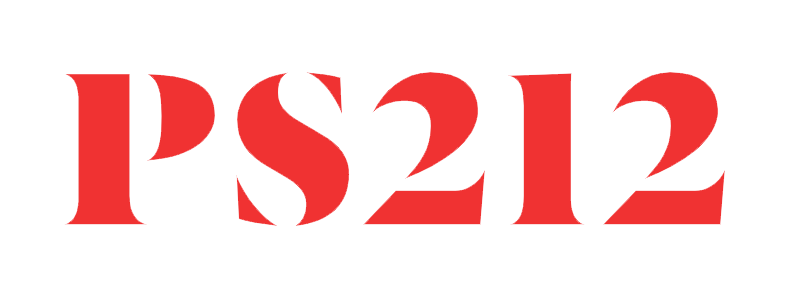The Power of Names in Cultivating a Brand Community
Brand language is more than just words — but words pave the way to participate.
Most people don’t walk into Starbucks and order a small coffee. They waltz in and ask for a Tall Bold. Or a Venti iced Caramel Macchiato, two extra pumps. Or a Grande Java Chip Frappuccino as they grab a VIA box for later and collect another set of Stars. They know the Starbucks lingo and are proud of it — and they are pleased to visit a different yet familiar world during a slice of their day.
Similarly, most people don’t walk into IKEA and purchase a dresser. They browse the MALM series. Or the HEMNES. Or maybe the IDANÄS. Then they pass the SKUBB display and notice how the cube organizers fit perfectly in the drawers of the unit they just considered. And oh! Maybe that BLÅSVERK lamp would be useful (and Scandinavian chic) on top. As they ruminate, they enjoy a plate of Swedish Meatballs complete with Lingonberry Jam at the café.
Delta Air Lines passengers are not frequent flyers; they are Silver Medallion Members. Peloton riders do not have a score; they have a Total Output. The list goes on.
A brand’s language emerges from a network of building blocks and connective tissues. Words, voice, tone, visuals and experiences weave together to create a tapestry of what the brand wants to be and how they manifest that in the real world. Somewhere along the way, a brand language feeds into a culture. Eventually, for brands who reach a certain level, that culture can cultivate a community. The escalation into a community means a two-way street is paved. People feel like they are part of something, and they are active participants.
Brand language is not words or strings of words alone, but words are a key element of the two-way street, a key element of the community. A brand’s words tell short stories and provide an opportunity to talk back literally and figuratively. People can write words and say them out loud to grasp concepts and signal mutual understanding. They can communicate using these words to convey what they want and dive deeper, further experiencing and expanding the brand — for themselves and with others as they build from common ground. People become players propelling the game rather than spectators idling on the sidelines.
And today’s landscape invites faster and richer adoption. A recent New York Times article explored how pop culture fan communities have broadened from rallying around higher-brow constructed languages, or “conlangs,” such as Star Trek’s Klingon or Lord of the Rings’ Elvish. Now fan communities also show a dedication to “nonsense languages,” a label for utterance styles that are essentially gibberish, such as The Minions’ Minionese or The Sims’ Simlish. The article highlights these languages being celebrated and stretched across TikTok videos, Internet memes, and open-source translators. It also touches on the appeal of using these distinct ways to communicate as an entry to aspirational universes — a form of escapism.
Language from brands isn’t out to garner pop culture fandom, but the embracement of these represent another point on the spectrum of what humans will linguistically accept. Likewise, it illustrates more extreme examples of how linguistic camaraderie makes humans feel accepted. And invested.
For brands, it’s important to remember that names become words — words that people can pick up and use in everyday life with those around them. With this in mind, a brand’s naming strategy becomes more than a way to communicate first-impression messages about the brand and its products or services, and more than a way to help consumers navigate portfolios. It’s also an opportunity to create a unique vernacular that invites people into a world and connects them with fellow citizens.

